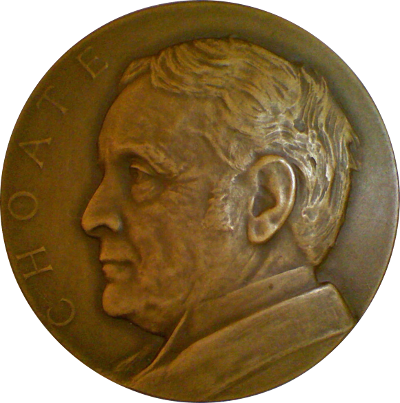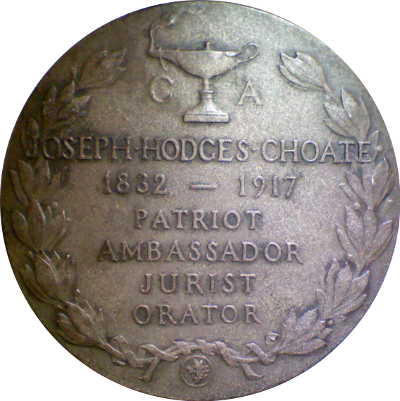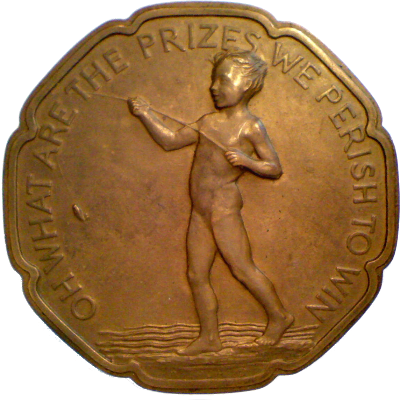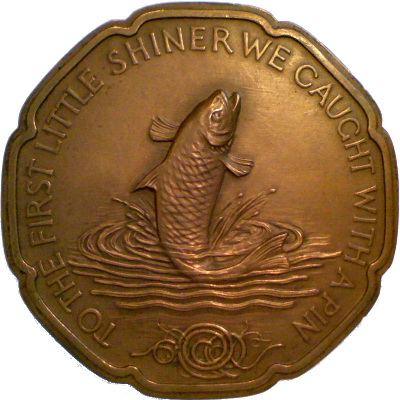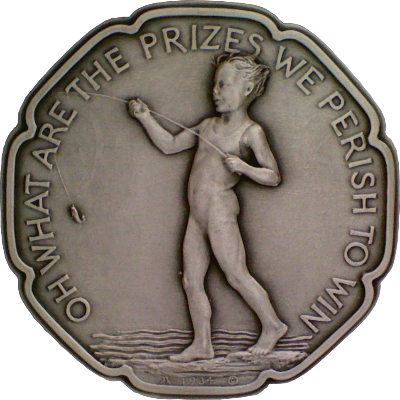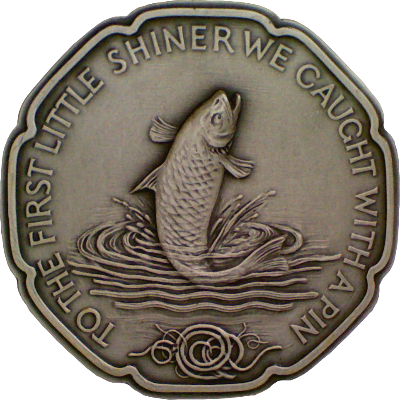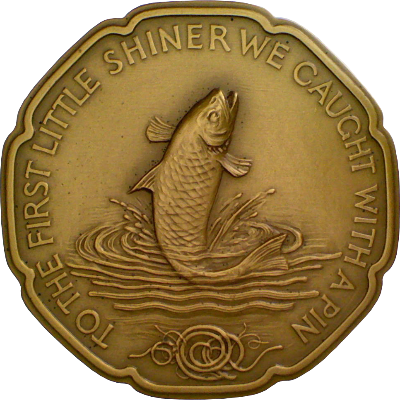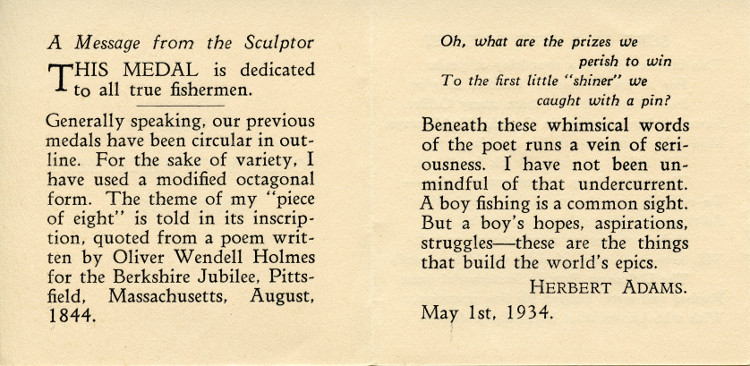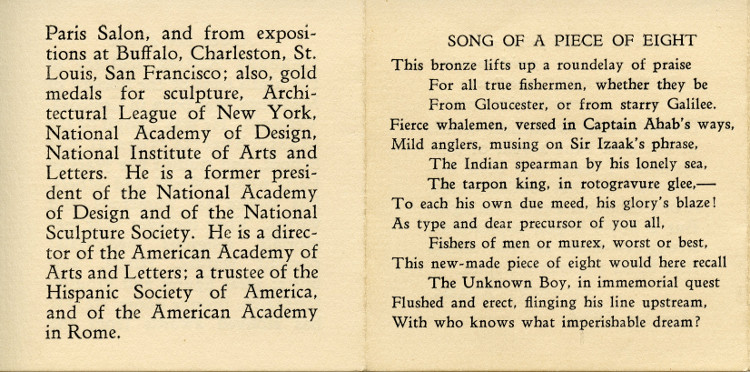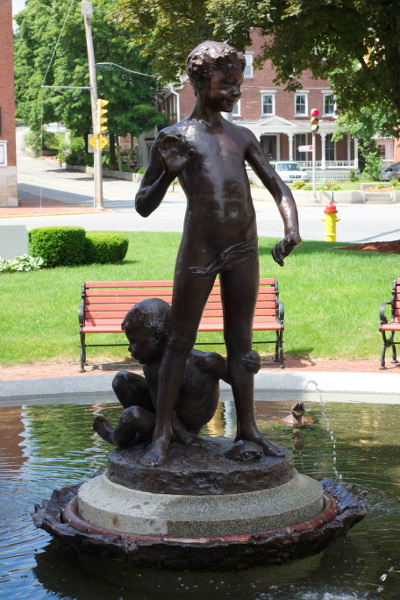Herbert Adams was born in West Concord, Vermont. In 1863, at the age of five, he moved to Fitchburg, Massachusetts, so his father could take a job at the Putnam Machine Co. His family purchased a home on 26 Chestnut Street. He attended the Fitchburg public schools, the Academy and was influenced by Fitchburg's first Art teacher, Louise Haskell, to pursue a career in Art. He attended Mass Normal School in Boston and got teaching certificate. Herbert Adams taught Art in the Fitchburg Public schools from 1878 to 1882, but left Fitchburg for Paris in 1885 to pursue his interest in sculpture. He was educated at the Massachusetts Normal Art School enrolling in 1877 at 18 years of age, and in 1885-1890 he was a pupil of Antonin Mercie Paris.
In 1889 Rodney Wallace, James Phillips, and Henry Willis donated money for an ornamental fountain to grace the Upper Common of Fitchburg, MA and the City accepted the idea. This 26 foot in diameter granite and bronze fountain depicting two playful boys and a family of turtles was the first public commission awarded to Adams and was created in his Paris studio. This was the first, large sculpture, done in the lost-wax process, brought to America. During Adams lifetime he completed over 200 major public works of art, and is considered to be one of the most important American sculptors.
In 1890-1898 he was an instructor in the art school of Pratt Institute, Brooklyn, New York. He was elected into the National Academy of Design in 1898, and in 1906 was elected vice-president of the National Academy of Design, New York. Adams later served as President from 1917-1920. During this time, he was chosen to design a commemorative medal of Joseph Hodges Choate for the American Numismatic Society. In sculpture, he experimented successfully with some polychrome busts and tinted marbles, notably in the Rabbi's Daughter (1894), and a portrait of the actress Julia Marlowe (1898). He was at his best in his portrait busts of women, the best example being the study, completed in 1887, of Miss Adeline Pond, whom he later married.
He was a member of the U.S. Commission of Fine Arts from 1915 to 1920, serving as vice chairman from 1918 to 1920. Adams died in New York City in 1945. Works by Adams are held by numerous American museums, including the National Gallery of Art in Washington, DC and the Metropolitan Museum of Art in New York City.

